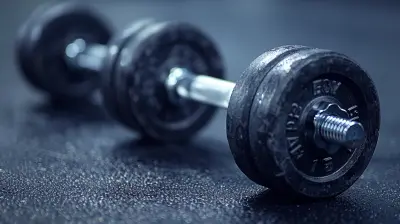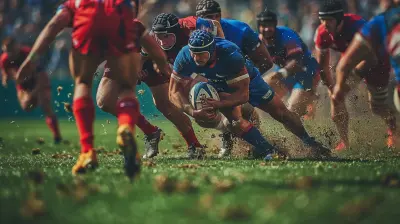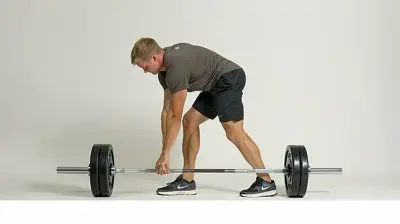How Cardio Can Make or Break an MMA Fighter
24 September 2025
Mixed Martial Arts (MMA) is one of the most grueling and physically demanding sports in the world. Fighters train tirelessly to improve their striking, grappling, and overall technique. But one factor often determines whether a fighter dominates or gasses out before the final bell—cardio.
If you've ever watched a fight where one fighter slows down in the later rounds, struggling to keep their hands up, while their opponent stays sharp and aggressive, you know exactly how crucial cardio is.
In this article, we’ll break down why cardio is the lifeline of an MMA fighter, how it impacts performance, and how fighters can maximize their endurance to go the distance. 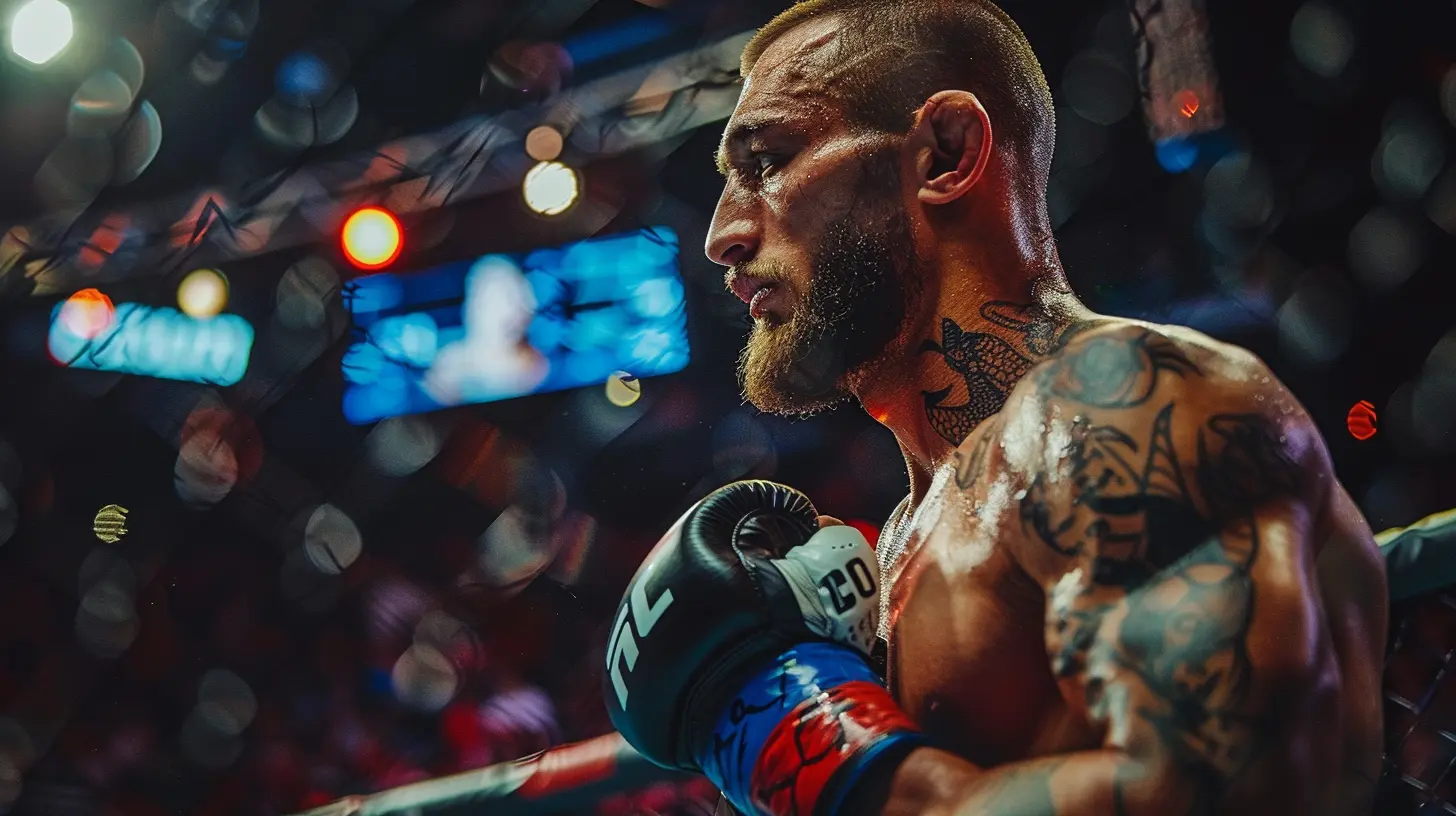
The Role of Cardio in MMA
When people think of cardio, they often picture long jogs or running on a treadmill. But in MMA, cardio isn't just about being able to run for miles—it's about sustaining high-intensity movements for an extended period.MMA cardio is unique because it requires:
- Aerobic endurance – The ability to sustain activity over a long period.
- Anaerobic endurance – The ability to perform short bursts of explosive movements (like striking or takedowns) without fatiguing too quickly.
A fighter with elite cardio can push the pace, control the fight, and remain dangerous even in the later rounds. On the flip side, poor cardio can lead to sluggish movements, bad decision-making, and an easy path to defeat. 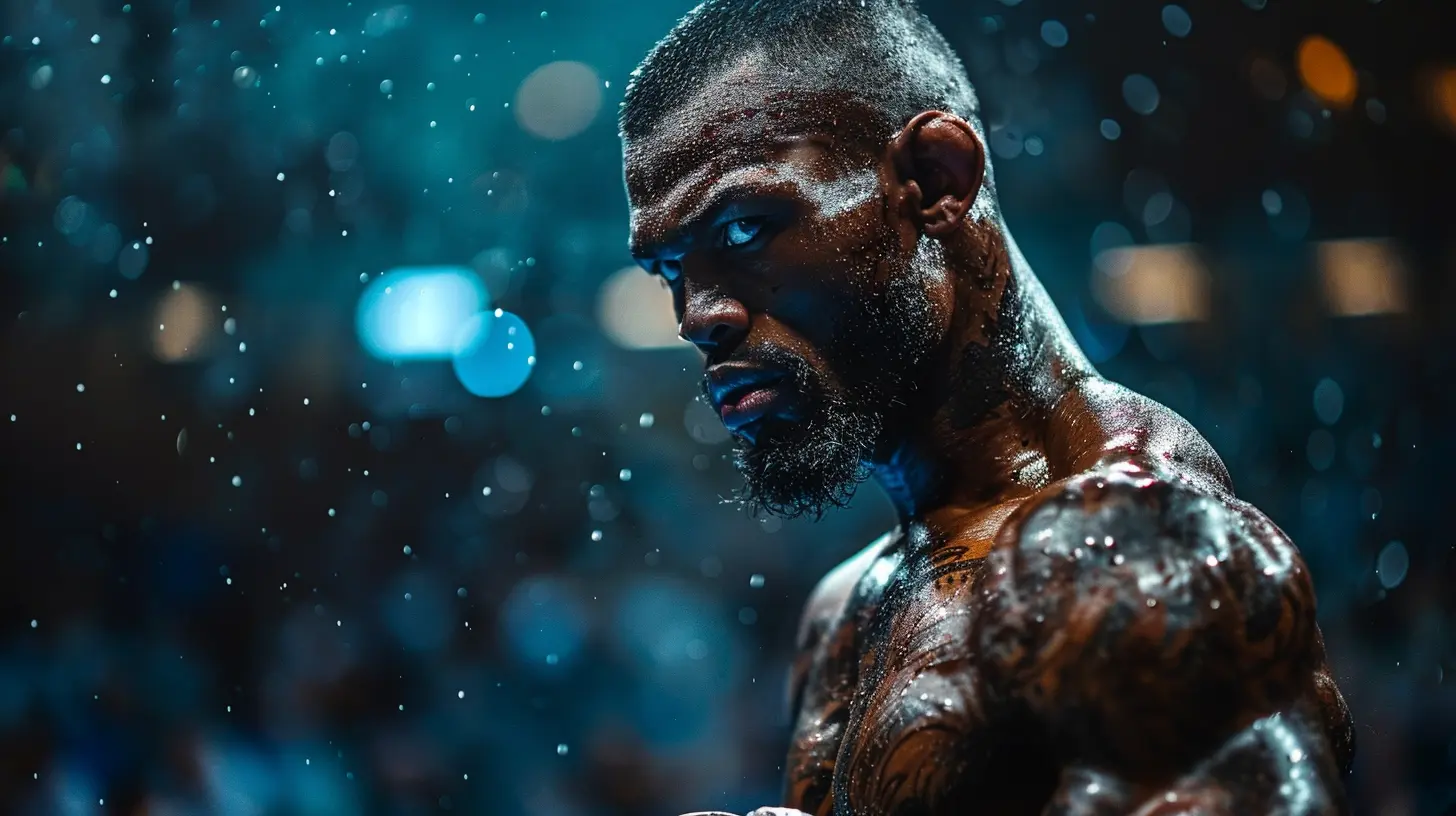
How Cardio Can Make a Fighter
1. Allows Fighters to Maintain a High Pace
Ever notice how the best fighters keep up relentless pressure? That’s no accident—it’s a direct result of superior cardio. Fighters like Alexander Volkanovski and Kamaru Usman are prime examples of athletes who weaponize their cardio to overwhelm opponents.A high work rate means throwing more strikes, initiating more grappling exchanges, and keeping the opponent on the defensive. If you can keep an intense pace while your opponent fades, you gain a massive advantage.
2. Enhances Recovery Between Exchanges
MMA isn’t just about fighting for 15-25 minutes non-stop. It’s about surviving explosive moments—trading punches, scrambling for position, and then recovering quickly enough to do it all over again.Good cardio helps a fighter recover faster between exchanges. If your gas tank is on point, you can absorb a tough flurry, shoot for a takedown, and be ready to go again without looking like you're drowning in lactic acid.
3. Boosts Mental Toughness and Decision Making
Fatigue doesn’t just affect the body—it messes with the mind. Fighters who gas out start making poor decisions, leaving themselves open to counters, sloppy takedown attempts, and unnecessary danger.With great cardio, you maintain composure, think clearly, and execute strategies even when the fight gets chaotic. After all, an exhausted fighter is a defenseless fighter. 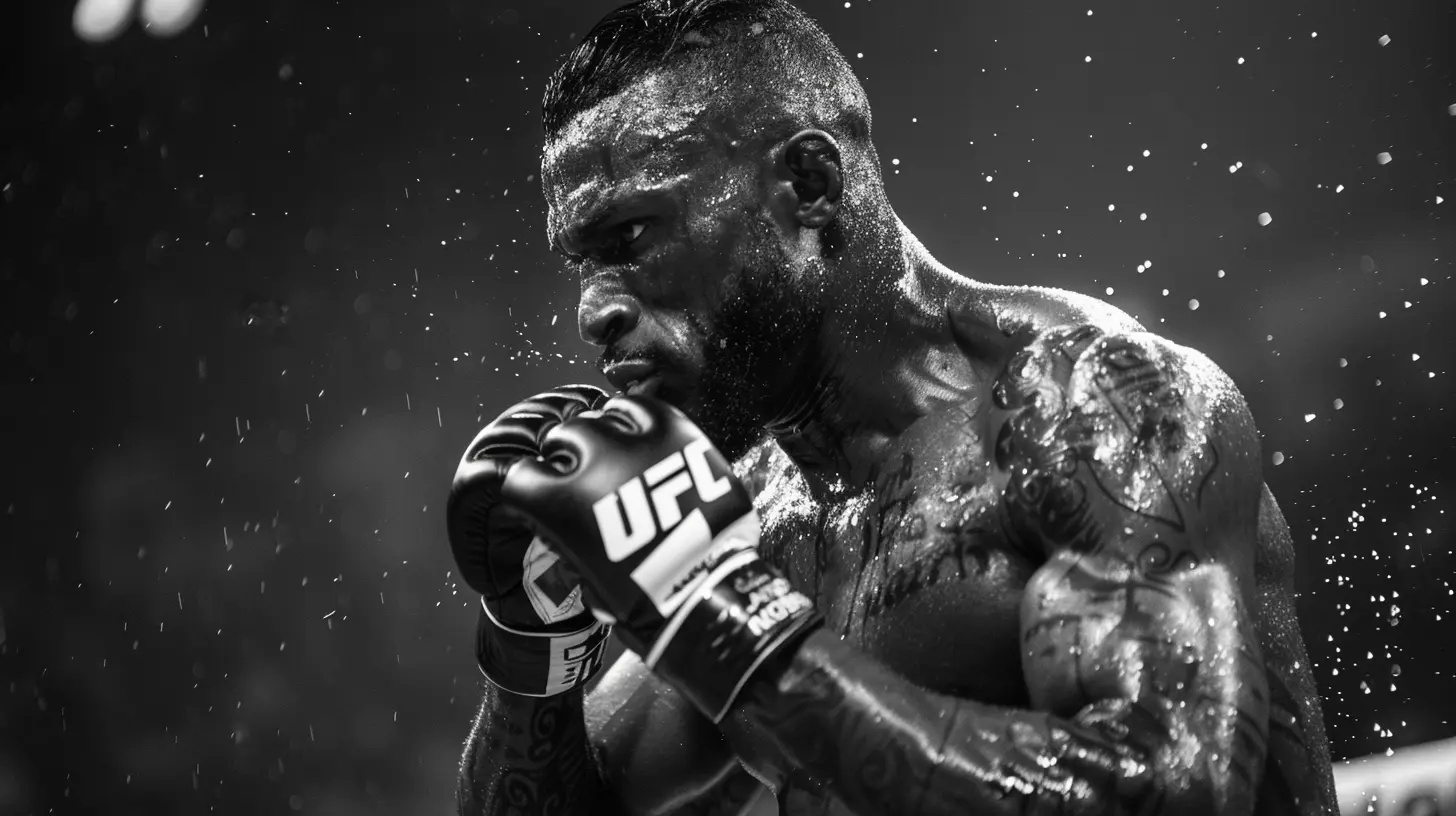
How Cardio Can Break a Fighter
1. Gassing Out Leads to Disaster
We've all seen it—fighters who come out swinging for the fences in Round 1, only to be completely drained by Round 2. When cardio fails, everything else falls apart.Hands drop, footwork slows, power diminishes, and worst of all—heart rate soars out of control. Once exhaustion sets in, even the most skilled fighter can become an easy target.
2. Makes Fighters Vulnerable to Opponents' Attacks
In MMA, survival depends on awareness and reaction time. A tired fighter becomes a stationary target, making it easier for their opponent to land shots, shoot for takedowns, or control the fight.A classic example is Conor McGregor vs. Nate Diaz 1. McGregor dominated early but gassed out, allowing Diaz to take over and secure a submission win. That fight proved that even the most skilled strikers are powerless when fatigue takes over.
3. Affects Power and Accuracy
Fatigue doesn't just drain stamina—it weakens everything. Punches lose snap, kicks lack speed, and grappling attempts become sluggish.A fighter who starts strong but fades quickly will struggle to land effective strikes or defend against a fresh opponent who still has gas in the tank. 
How MMA Fighters Can Improve Their Cardio
If cardio is the key to victory, then every fighter must prioritize endurance training. But how should they do it? Simply running for miles won’t cut it. Fighters need a mix of aerobic and anaerobic conditioning.1. High-Intensity Interval Training (HIIT)
Traditional jogging is great for building a base, but MMA demands high-intensity bursts. HIIT workouts, like sprint intervals, mimic the explosive nature of fighting.Try this MMA-style HIIT workout:
- 30 seconds of all-out sprinting
- 30 seconds of walking
- Repeat for 10-15 rounds
This mirrors the stop-and-go intensity of a fight and trains both aerobic and anaerobic systems.
2. Sparring and Pad Work with Short Rest Periods
Nothing replicates fight cardio better than actual fighting. Hard sparring, with limited rest between rounds, forces a fighter to push past fatigue under real fight conditions.Additionally, pad work with an experienced coach keeps technique sharp while maintaining a high work rate.
3. Incorporating Circuit Training
MMA athletes must train for endurance while building strength. Circuit training allows fighters to develop muscular endurance while maintaining their conditioning. A sample circuit might look like this:- 1-minute heavy bag work
- 1-minute explosive push-ups
- 1-minute kettlebell swings
- 1-minute battle ropes
- 1-minute sprawls
- Rest for 30 seconds and repeat for 4-5 rounds
4. Optimal Breathing Techniques
Many fighters fail to realize how important controlled breathing is. Proper breathing techniques help conserve energy and maintain output.Some key breathing tips for MMA:
- Breathe through the nose when possible to control oxygen intake.
- Exhale sharply with each strike to maintain rhythm.
- Focus on deep belly breaths between rounds to lower heart rate.
5. Smart Nutrition and Hydration
Cardio isn’t just about training—it’s also about fuel. if you're not eating right and staying hydrated, your stamina will suffer.- Complex carbs (like oatmeal or brown rice) provide long-lasting energy.
- Lean protein helps with muscle recovery.
- Healthy fats (like avocados and nuts) contribute to endurance.
- Electrolytes prevent dehydration and muscle cramps.
Fighters who neglect hydration often experience early fatigue, which can cost them a fight.
Conclusion
Cardio isn’t just an aspect of MMA training—it’s the backbone of a fighter’s success. A well-conditioned athlete can push the pace, recover quickly, and stay dangerous even in the later rounds. Meanwhile, a fighter with poor endurance will find themselves gasping for air, making mistakes, and eventually losing.The best MMA fighters treat cardio like a weapon. They know that skill is important, but stamina is what allows them to use those skills effectively. Whether it's through HIIT, sparring, circuit training, proper breathing, or smart nutrition, fighters must make cardio a top priority.
So, if you're an aspiring fighter or just a fan of the sport, remember this—MMA isn’t just about who hits the hardest or has the best grappling. It’s about who can last the longest.
all images in this post were generated using AI tools
Category:
MmaAuthor:

Everett Davis
Discussion
rate this article
1 comments
Helen Coffey
Cardio is key; unleash your true potential!
October 5, 2025 at 12:29 PM

Everett Davis
Absolutely! Cardio is essential for endurance and performance in the cage—unlocking a fighter's true potential.
